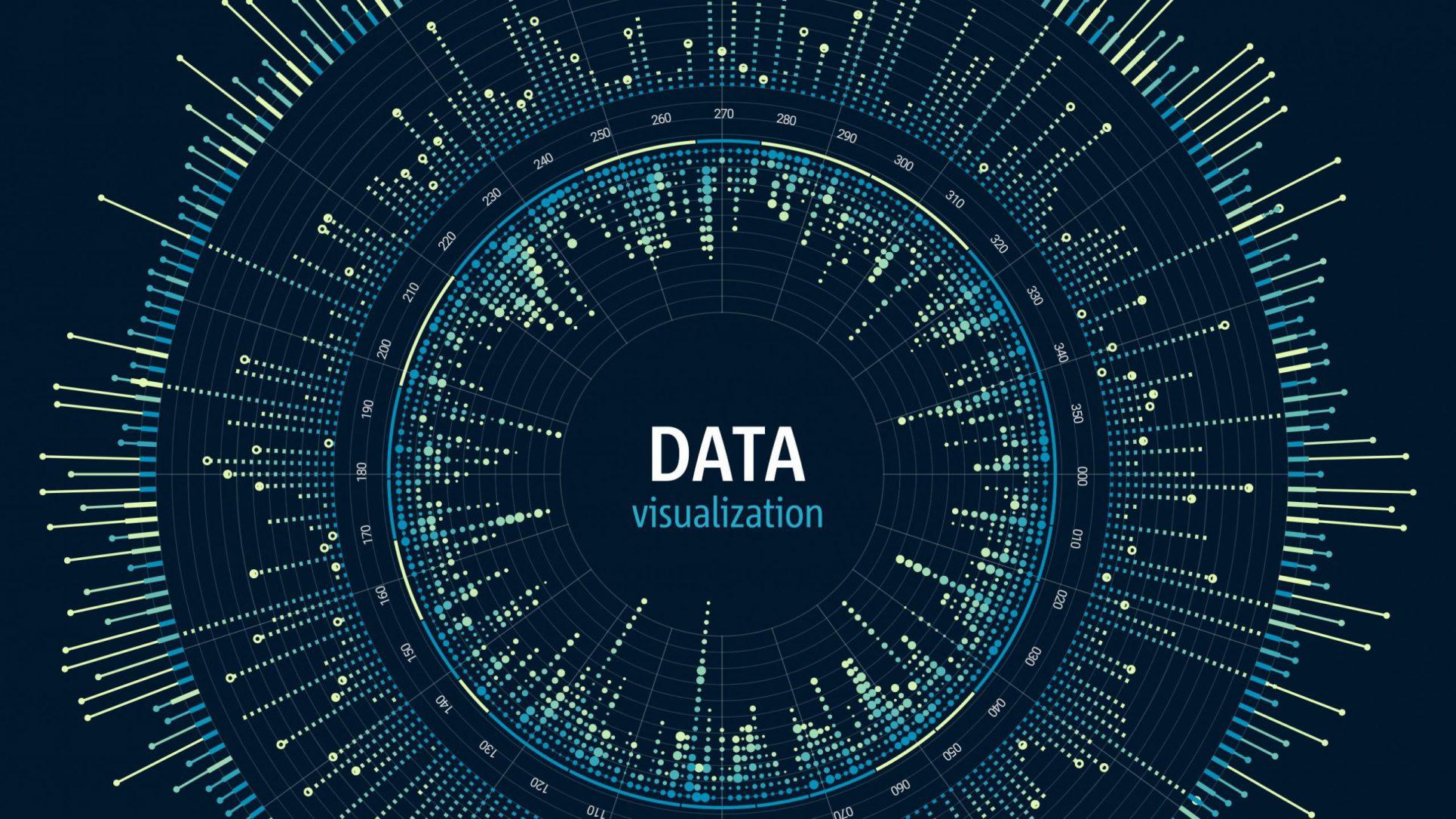Title: The Power of Data Visualization: Turning Numbers into Insights
Introduction We live in a world where data is generated at an unprecedented rate. But raw data on its own is often overwhelming and difficult to interpret. That’s where data visualization comes in. Effective data visualization bridges the gap between data and decision-making, transforming complex numbers into clear, actionable insights.
The Role of Data Visualization Data visualization is more than just charts and graphs—it’s a method of storytelling that enables us to uncover patterns, detect trends, and identify outliers. Whether in business, science, healthcare, or government, visual analytics empower us to see the unseen and make data-driven decisions with confidence.
When done correctly, data visualization not only aids comprehension but also increases engagement. Human brains process visual information significantly faster than text or numbers, making it easier to draw conclusions and recognize meaningful patterns. By presenting data in a visually appealing way, we ensure that stakeholders can quickly grasp critical insights and act upon them effectively.
Principles of Effective Data Visualization To maximize the impact of data visualization, we must adhere to certain principles:
- Clarity – Keep visuals simple and to the point. Avoid clutter and unnecessary elements that obscure key messages. A well-designed visualization should communicate its message at a glance.
- Accuracy – Ensure that data is represented truthfully. Misleading scales, distortions, or improper comparisons can lead to incorrect conclusions and poor decision-making.
- Engagement – Design visuals that captivate your audience. Use color, interactivity, and animations strategically to enhance comprehension without overwhelming viewers. Interactive elements, such as dashboards and filters, allow users to explore data in a dynamic way.
- Context – Always provide context to help viewers understand what the data represents. Labels, titles, and annotations can guide interpretation. Without context, even the most visually appealing chart can be misleading or confusing.
- Accessibility – Ensure that data visualizations are inclusive and accessible to all users, including those with visual impairments. Use appropriate color contrasts and alternative text descriptions to make data interpretation more inclusive.
Types of Data Visualizations and When to Use Them
- Bar Charts & Line Graphs – Ideal for showing trends over time or comparisons between categories. For example, a line graph can illustrate revenue growth over several years.
- Scatter Plots – Best for identifying relationships or correlations between variables. For instance, a scatter plot can reveal the relationship between advertising spend and customer conversions.
- Heatmaps – Useful for displaying density and highlighting patterns in large datasets. Heatmaps are commonly used in website analytics to track user engagement and navigation patterns.
- Geospatial Maps – Perfect for location-based analysis, such as tracking population growth, mapping disease outbreaks, or visualizing geographic sales distribution.
- Dashboards – Combine multiple visual elements for real-time monitoring and decision-making. Dashboards are extensively used in business intelligence, allowing leaders to track KPIs and performance metrics.
The Impact of Data Visualization in Decision-Making Case studies across industries illustrate how data visualization transforms decision-making. For example:
- Healthcare: Data visualizations help track disease outbreaks, patient trends, and treatment effectiveness. Hospitals use real-time dashboards to monitor patient flow, resource allocation, and potential bottlenecks.
- Business & Finance: Companies use dashboards to monitor performance, optimize operations, and predict future trends. Financial institutions rely on visual analytics to detect fraudulent transactions and assess investment risks.
- Environmental Science: Climate change data is better understood through compelling visual narratives that drive awareness and action. For example, animated maps and time-series graphs illustrate rising global temperatures over decades.
- Public Policy & Government: Governments use data visualization to enhance transparency and public engagement. Interactive dashboards help citizens explore budget allocations, election results, and crime statistics.
Challenges and Future Trends Despite its benefits, data visualization comes with challenges. Data integrity, bias in representation, and the potential for misinterpretation are critical concerns. Poorly designed visualizations can be misleading, leading to incorrect conclusions and potentially harmful decisions.
Looking ahead, several key trends are shaping the future of data visualization:
- AI-Driven Visualization: Machine learning and AI are enabling automated and intelligent data visualization, allowing for deeper insights and predictive analytics.
- Real-Time Interactive Dashboards: Organizations increasingly rely on live data feeds and dynamic dashboards to make instant, data-driven decisions.
- Augmented Reality (AR) and Virtual Reality (VR) Analytics: Immersive visual experiences will revolutionize how we interact with data, making complex datasets more intuitive and accessible.
- Data Storytelling: The future of data visualization is not just about presenting information—it’s about crafting compelling narratives that engage audiences and drive action.
Conclusion In the end, the power of data visualization lies in its ability to transform complexity into clarity. It enables us to explore, understand, and communicate data in ways that drive meaningful action. Whether you are a data scientist, business leader, or an everyday decision-maker, mastering the art of visualization will enhance your ability to navigate an increasingly data-driven world.
As we continue to innovate and refine visualization techniques, we must remain committed to accuracy, clarity, and ethical representation of data. By doing so, we can harness the full potential of data visualization to shape the future of decision-making.
